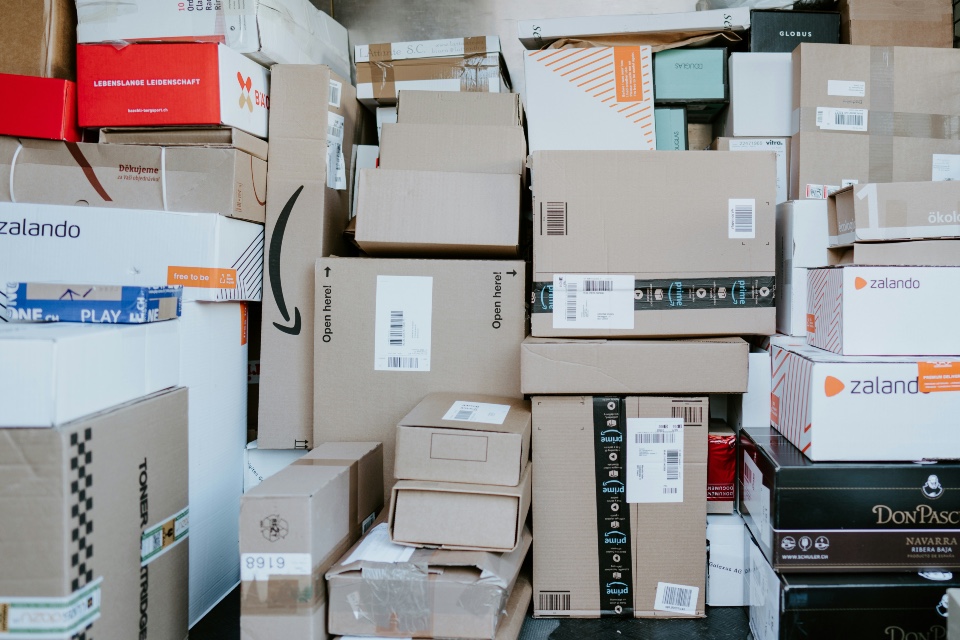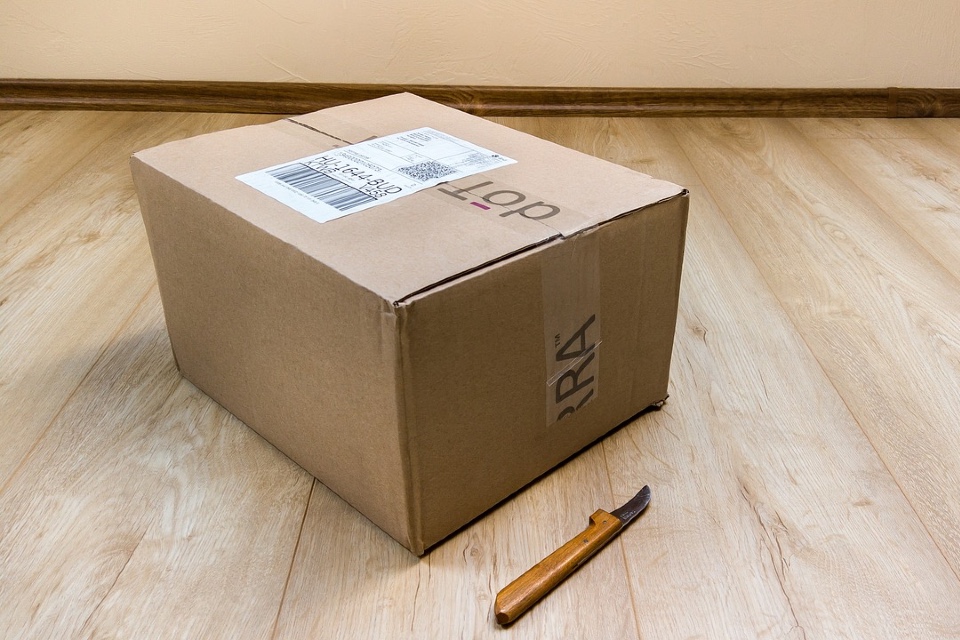In the global marketplace, the significance of effective labelling and packaging cannot be overstated. Not only do they safeguard products during transit, but they also play an instrumental role in branding, consumer perception, and regulatory compliance. For businesses venturing into sourcing labelling and packaging solutions, a methodical approach is crucial. Here are the pivotal considerations…
- Define Your Needs: The first step is a thorough evaluation of what you want the packaging to achieve. Are you looking to showcase luxury, ensure durability, or emphasise eco-friendliness? Your brand values and target audience should influence this decision.
- Product Specifics: Depending on the nature of your product (fragile, perishable, liquid, etc.), your packaging will need certain protective features. For instance, a delicate item might require shock-absorbent packaging, while perishables might need vacuum sealing or temperature control.
- Regulatory Compliance: Different products, especially in sectors like food, pharmaceuticals, or cosmetics, have specific labelling requirements. Ensure your labels provide necessary information such as ingredients, expiry dates, and safety instructions in compliance with local and international regulations.
- Eco-friendly Options: With increasing consumer consciousness towards sustainability, businesses are gravitating towards eco-friendly packaging materials. Such materials, often recyclable or biodegradable, can significantly bolster a brand’s green credentials.
- Design & Branding: The design should resonate with your brand ethos. Consider elements like colours, logos, typography, and even the shape of the packaging. Remember, an attractive package can enhance shelf appeal and influence purchasing decisions.
- Scalability & Flexibility: As your business grows, your packaging and labelling needs might evolve. Opt for solutions that are scalable and can be adapted with minimal fuss.
- Cost Implications: While high-quality packaging can add value, it’s essential to balance quality with cost. Analyse if premium packaging justifies the potential increase in sales or if cost-effective solutions can achieve the desired results.
- Supplier Reputation & Reliability: Research potential suppliers extensively. Reviews, case studies, and references can give insights into a supplier’s reliability, quality, and lead times. Also, ascertain their ability to meet unexpected demands or handle urgent orders.
- Innovation & Customisation: Some suppliers offer innovative packaging solutions that can set your product apart. Whether it’s smart packaging with QR codes, augmented reality features, or custom moulds, these can enhance user experience.
- End-of-life Management: Consider how your packaging materials will be disposed of. Encourage recycling by providing information on the packaging, or even consider a return policy where consumers can send back packaging for reuse.
The packaging is often the first tangible touchpoint between your product and the customer. It’s not just about protecting the content but also about communicating your brand’s story, values, and commitment to quality. By weighing the considerations above, businesses can navigate the intricate world of labelling and packaging, ensuring both product safety and brand elevation.
Are you looking for Labelling & packaging solutions for you business? The Total Supply Chain Summit can help!






